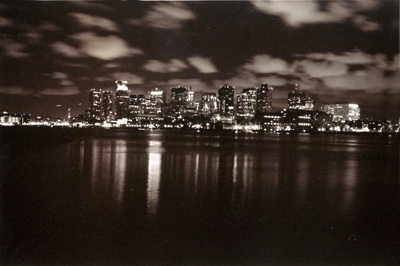All Nonfiction
- Bullying
- Books
- Academic
- Author Interviews
- Celebrity interviews
- College Articles
- College Essays
- Educator of the Year
- Heroes
- Interviews
- Memoir
- Personal Experience
- Sports
- Travel & Culture
All Opinions
- Bullying
- Current Events / Politics
- Discrimination
- Drugs / Alcohol / Smoking
- Entertainment / Celebrities
- Environment
- Love / Relationships
- Movies / Music / TV
- Pop Culture / Trends
- School / College
- Social Issues / Civics
- Spirituality / Religion
- Sports / Hobbies
All Hot Topics
- Bullying
- Community Service
- Environment
- Health
- Letters to the Editor
- Pride & Prejudice
- What Matters
- Back
Summer Guide
- Program Links
- Program Reviews
- Back
College Guide
- College Links
- College Reviews
- College Essays
- College Articles
- Back
Review of Invisible Cities
In Invisible Cities by Italo Calvino, Kublai Khan sits by the young Marco Polo, listening to tales about the cities he has explored. "Seek and learn to recognize who and what, in the midst of the inferno, are not inferno, then make them endure, give them space," Marco Polo says, revealing his personal secret to happiness.
On its surface, the novel appears to contain nonsense written about imaginary cities: Marozia, Ersilia, Armilla, Melania, and more. However, it becomes clear that Calvino's definition of a city is not a physical location, but rather a state of mind.
Invisible cities are words spoken over a fire: "the others tell, each one, his tale of wolves, sisters, treasures, scabies, lovers, battles." They are roads untraveled and roads traveled, crowded marketplaces, and rubbish heaps.
While each city Marco Polo describes has a different name and quality, they are all connected by the red thread of fate. This is the evasive celestial element which makes the language of the novel poetic and supernatural.

Similar Articles
JOIN THE DISCUSSION
This article has 0 comments.
